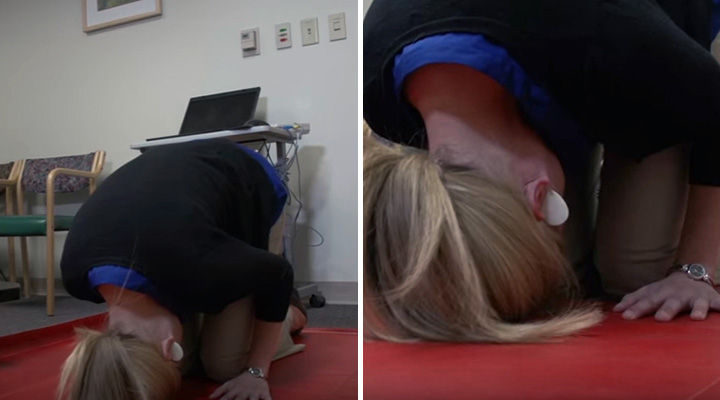

While dizziness is a general disturbance of spatial orientation, vertigo is specifically an inaccurate perception of movement. One of the difficulties in accurately diagnosing BPPV is the fact that many people may use the terms “dizziness,” “lightheadedness,” and “vertigo” interchangeably. 3 This displacement causes you to become sensitive to head position changes that would normally not excite the hair cells in the canals, leading to the dizziness that one might describe as “vertigo.” 3 However, it is possible for the otoconia in the otoliths to dislodge and end up in the semicircular canals. When your head remains stationary, the hair cells neither move nor fire, and we do not experience motion. Normally, these parts all work together well. 5 This vestibular information is processed in the brain and combined with information from other parts (like the eyes, muscles, joints) so we can effectively maintain our balance and position. 5 They are displaced when you accelerate and thus make us sensitive to changes in gravity, such as when we ascend on an elevator or slam on the brakes in a car. 5 Within the two otolith organs are tiny crystals called otoconia (“ear rocks”) on top of the hair cells.

5 When we tilt our head up, down, left, right, or diagonally, the fluid in the semicircular canals flows in the direction of the movement and bends tiny hairs in the canal, sending a signal to the brain to alert us that we have moved. 5 The organ that controls this sense of balance (named the “cochlea”) is located in our inner ear and is composed of three semicircular canals and two otolith organs, all of which are filled with fluid. The ear plays a critical role in our vestibular senses, including our sense of balance. However, the positional aspect of BPPV suggests that there is a movement component of this condition? I’m confused!” If this crossed your mind, then you must be paying attention! To explain this, we must take a look at the anatomy of the ear (yes, the ear)! “Vertigo is the illusion of movement where there is none. 3 Finally, the “vertigo” part of BPPV is an all-encompassing term that we described earlier. The “positional” aspect of the condition refers to the fact that symptoms of BPPV are normally triggered by changes in your head position – tilting your head, lying down, sitting/standing up, etc.

3 The Merriam-Webster dictionary defines “paroxysmal” as “a sudden attack or spasm (as of a disease.” 4 In other words, vertigo can come on suddenly and without warning. The first term, “benign,” meaning gentle or unh armful, demonstrates that although it can be a bothersome problem, vertigo is rarely life-threatening (except if it increases your chance of falls). 2 To understand more, let’s break down the components of BPPV. 2 You may hear the general term “vertigo” often referred to as benign paroxysmal positional vertigo (BPPV), since it is the most common cause of the condition, accounting for nearly one-half of all vertigo cases.

2 In other words, imagine that the room is spinning, swaying, or tilting, although you are standing still. If you have never experienced vertigo, the best way to describe the condition is that it is the illusion of movement or motion, though none exists.


 0 kommentar(er)
0 kommentar(er)
